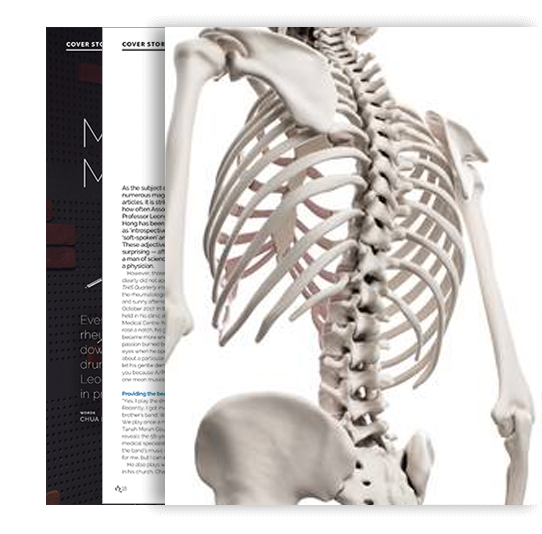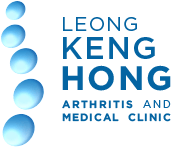The Butterfly Effect
It has been clinically proven that medications for osteoporosis not only improve bone density, but also lower the risk of fractures in the spine and hips. In Singapore, there are 1,300 new cases of hip fractures every year. Due to the ageing population, this figure is projected to rise to 9,000 in 2050.
Hip fracture incidence rates in Singapore men and women above the age of 50 have increased by one and a half times and five times respectively since the 1960s. Studies have shown that one in every five people with osteoporotic hip fracture died within a year.
Apart from the financial burden of osteoporotic fractures, the social dependence is also high. Although 90% of Singaporean patients are fit enough for surgery after a fracture, 20% of them die in the first year. Of the survivors, many become wheelchair-bound, nonambulant or bedridden.
Slow Down Bone Loss
Bone loss can be decelerated with healthy lifestyle measures. These include:
- Eat a balanced diet that includes adequate intake of calcium and vitamin D
- Exercise regularly. Weightbearing activities such as tai chi, jogging, tennis, hiking, aerobics, skipping and dancing help put force through the bone and strengthen it. Resistance exercises such as
weightlifting and press-ups can also help to increase muscle strength and decrease the risk of falls
- Avoid overconsumption of alcohol
- Avoid falls, especially for the elderly
- Patients with osteoporosis require medicine to reduce boss loss and prevent fractures.
A sedentary lifestyle could lead to more bone loss. When astronauts go into space, they lose bone quickly in the weightless (anti-gravity) environment. Patients who are immobilised or bedridden do not use the muscles and bones in their hips and spine, causing rapid bone loss.

